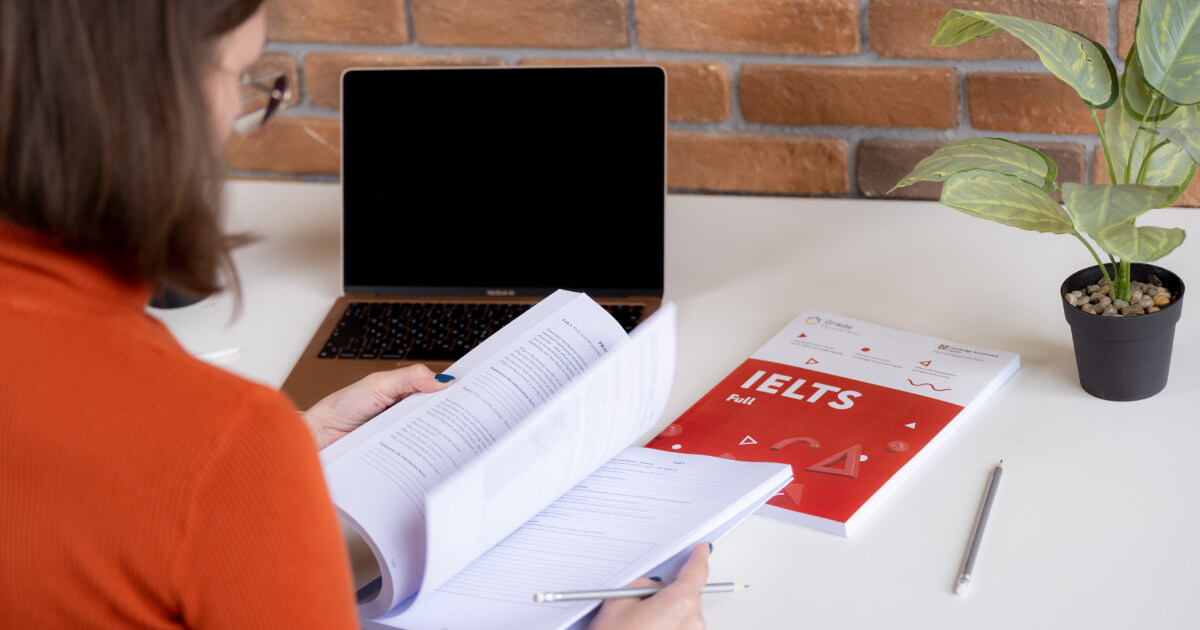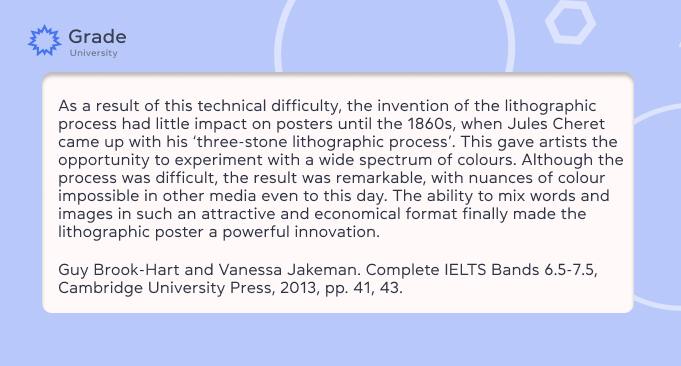Teaching IELTS: how to lead students to success
- IELTS
- Tips & Strategies

03.09.2024
The IELTS reading section is divided into 3 parts, comprising a total of 40 questions, each aimed at assessing various reading sub-skills.
Although candidates have 60 minutes to complete the entire section, with an average of 20 minutes per part, the difficulty of the passages typically increases as the test progresses.
Therefore, it’s reasonable to allocate less time to the first section and more time to the final one.
Let's examine some of the challenges that test takers might face.
While the advice to never leave a question unanswered is useful as you might guess correctly, I noticed that the quality of my answers depended on the mental effort I made.
Rereading the passage, trying to extract at least some meaning, pushing myself to understand, increases the likelihood of arriving at accurate answers.

Take a crash course in teaching IELTS reading
Join the courseThere are two tasks in the IELTS reading section, which are easy to confuse: True/False/Not Given and Yes/No/Not Given.
It's crucial not to mix them up and accidentally write ‘True’ instead of ‘Yes,’ as this will result in lost points.
For tasks like Note Completion, where you need to fill in gaps with words from the passage, it’s essential to copy the words exactly as they appear in the text.
In the computer-delivered version, using the copy-and-paste function can help avoid mistakes.
In tasks like Matching Headings, where you need to pair paragraphs with sections of a reading text, the answers can be located in any paragraph.
However, in tasks like Multiple Choice - where you select the correct answer from several options - the answers typically follow the sequence of the questions, with the answer to question 1 appearing first, followed by the answer to question 2, and so on.
A passage is typically followed by multiple tasks, such as Yes/No/Not Given, Summary Completion, and Picking from a List.
It's important to recognize patterns: the answers to the Yes/No/Not Given questions may be scattered throughout the passage, while the answers to the following task, like Summary Completion, usually appear earlier in the text.
The answers for the Pick from a List task come afterward.
To identify the relevant paragraphs quickly, it’s helpful to pay attention to dates and proper names within the passage.
Below is an excerpt from a Flow-chart Completion task:
Complete the flow chart below.
Choose NO MORE THAN THREE WORDS from the passage for each answer.
Jules Cheret
1860s - invention of ‘three-stone lithographic process’
↓
combination of both 6 ………………. on coloured posters
To locate the relevant paragraph quickly, look for the name Jules Chéret and the time period—1860s.

The correct answer for gap 6 is ‘words and images.’
When you encounter unfamiliar words, try to deduce their meaning from the context by examining the sentences before and after the word, or checking if the word is explained in the text itself.
If the word isn’t crucial to answering the question, it’s best to ignore it and focus on the rest of the passage.

Teaching IELTS essays: problems and solutions
Read nowRelying solely on exact word matches between the task and the passage can be misleading. To find the correct answer, focus on the meaning of the sentences.
Be prepared for paraphrased ideas in the passage instead of expecting the exact words used in the task.
Example from True/False/Not Given task
Do the following statements agree with the information in the reading passage?
Statement: MIT’s logo reflects the belief that intellect and craftsmanship go together.
The statement is True as in the text we find
…its logo, which shows a gowned scholar standing beside an ironmonger bearing a hammer and anvil. That symbiosis of intellect and craftsmanship…
Guy Brook-Hart and Vanessa Jakeman. Complete IELTS Bands 6.5-7.5, Cambridge University Press, 2013, p. 12
I think success in the IELTS exam hinges on having solid overall proficiency, familiarity with the test format, and ample practice.
Working through various sample reading tasks within the allotted 60 minutes - or all sections within 45 minutes - can make the exam more manageable.
Utilize the abundance of free practice materials available online and in course books.
During practice, be sure to review your answers, identify mistakes, and find the relevant information in the passage that could have led you to the correct answer.
Last but not least, if you’re keen on reading, this can only work to your advantage.
If not, consider developing a reading habit by starting with topics you’re interested in and gradually exploring a variety of subjects, as the IELTS reading section covers diverse areas such as science, management and more.
Yuliia Ivanii
Author
Teacher of General English, Young Learners, Exam Prep
Comments
Leave your comment